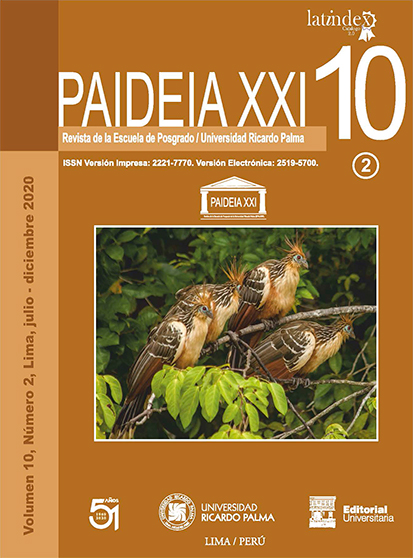GASTROPOD MOLLUSCS OF THE SOUTHERN AREA OF CIENFUEGOS, FROM THE BEACH RANCHO LUNA TO THE MOUTH OF THE ARIMAO RIVER, CUBA
DOI:
https://doi.org/10.31381/paideia.v10i2.3304Abstract
The research presented shows a malacological survey of Cienfuegos' southern area, from “Rancho Luna” beach to the mouth of the “Arimao River”. The malacological studies ranged from January 2018 to December of the same year. During the research, eight biotopes were selected in the area to be studied, and the presence of 52 species of marine gastropods, belonging to seven orders and 16 families, where the Sorbeoconcha order has the highest number of species was found. The best represented families were Neritidae and Littorinidae, with eight species, respectively. Species present only in one of the sampling points were identifi ed, as is the case of Bulla striata (Bruguière, 1792); Smaragdia viridis (Linnaeus 1758), Supplanaxis nucleus (Bruguière, 1789), and Bursa cubaniana (d´Orbigny, 1842). Based on their identification and classification, a systematic list was made that includes various information; as, for example, distribution of the species, biotope where it was detected, and ecological data. For the development of the research, conventional methods for collecting mollusks were put into practice in close relationship with other theoretical and empirical methods. The two malacological collections were assembled for teaching and research purposes and an illustrated dichotomous key was made. It is concluded that the subject is appropriate for the treatment of Environmental Education and Sustainable Development and that the area constitutes an excellent polygon for carrying out field practices by students of the Bachelor of Education. Biology.
Key words: Biotope – Cienfuegos – gastropods – molluscs – Rancho Luna












